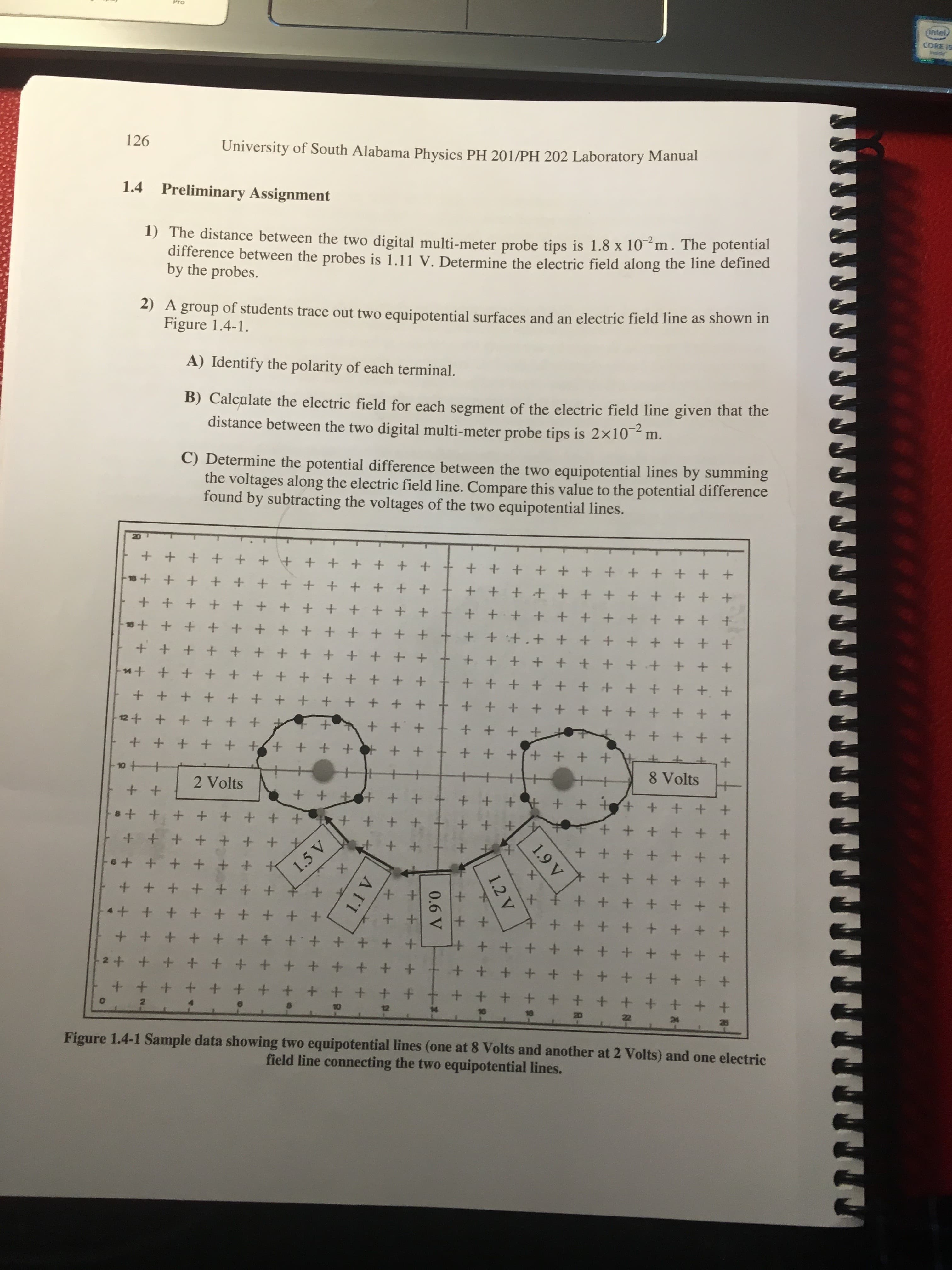+ + + + + + + + + + + + 18+ + + + + + t + + + + + + + + + + + + + + + + + + + + + + + + + 十 + + + + + + + + + + + + + + + + + + + + + + + + + + + + + ++.+ + + + + + + + + + + + + + + + + 4十 + ++ + + + + + + + + + + + ++ + + + + + + + + + + + + +t.+ + + + + + ++ ++ ++ 十++ + + + + + + +: + + + + + + + + + + + + + + + + + + + + + + + + + + 章+ + + + +T+ + + + 2 Volts 8 Volts + +++ + + + + + ++ + + ++ + + + ++ + + + + + + + + + + + + + + + + + + + + + + + + + + + + + + + ト + ++* 1.5 V + + + + + + + + + + + ++ + + f ++ + + + + + + + + + + + + + + + + + + + + + +.+ + + + + + + + + + + + + + 1.9 V 1.2 V 0.6 V
Dielectric Constant Of Water
Water constitutes about 70% of earth. Some important distinguishing properties of water are high molar concentration, small dissociation constant and high dielectric constant.
Electrostatic Potential and Capacitance
An electrostatic force is a force caused by stationary electric charges /fields. The electrostatic force is caused by the transfer of electrons in conducting materials. Coulomb’s law determines the amount of force between two stationary, charged particles. The electric force is the force which acts between two stationary charges. It is also called Coulomb force.
A group of students trace out two equipotential surfaces and an electric field line as shown in Figure 1.4-1.
A) Identify the polarity of each terminal.
B) Calculate the electric field for each segment of the electric field line given that the distance between the two digital multi-meter probe tips is 2x10^-2m.
C) Determine the potential difference between the two equipotential lines by summing the voltages along the electric field line. Compare this value to the potential difference found by subtracting the voltages of the two equipotential lines.
I've attached an image of the Figure 1.4-1 to this question.

- An equipotential surface is one at which the potential is constant. The potential due to a point charge is the same everywhere on an imaginary sphere of radius r surrounding the charge as the potential due to a point charge q is given by-
- The electric field lines are considered to originate from a positive charge and end at a negative charge.
- The relation between the electric field and potential difference in 1-Dimension is given by-
Negative sign shows that the field decreases with distance from the source.
Trending now
This is a popular solution!
Step by step
Solved in 3 steps








